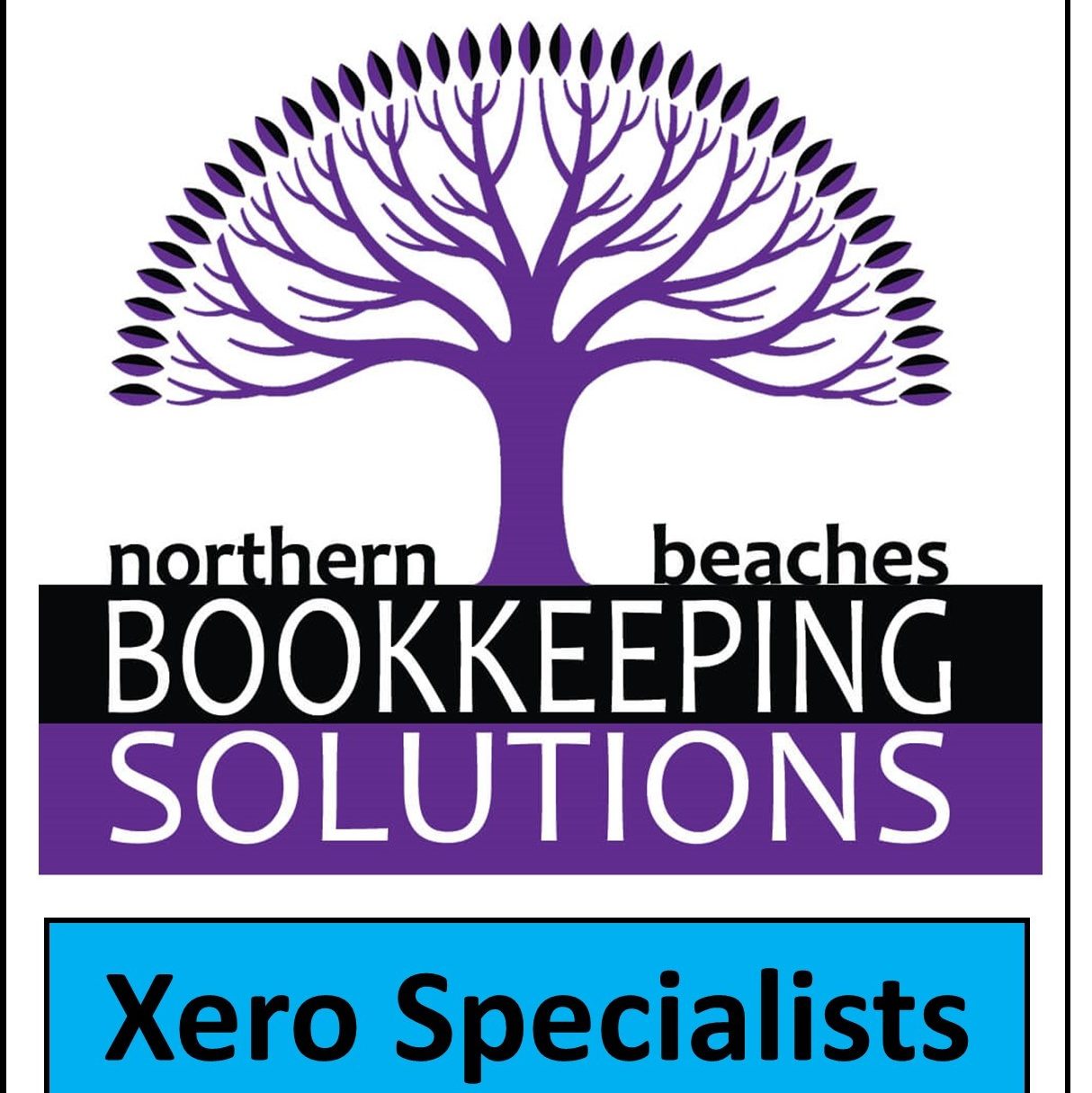Important End of Financial Year (EOFY) Tips for Small Business Owners
As the end of the financial year (EOFY) approaches, it is important for small business owners to ensure their finances are in order. Proper preparation can help streamline the tax return process, maximize deductions, and set the business up for success in the new fiscal year. Here is a simple guide to help navigate this critical period.
1. Accounts Should Be Reviewed and Reconciled
First and foremost, accounts should be reviewed and reconciled. It should be ensured that all transactions are recorded correctly and that bank statements match accounting records. This step helps any errors that need fixing be found before filing the tax return.
Tip: Accounting software can be used to make this process easier and more accurate.
2. Financial Documents Should Be Organized
Next, financial documents should be gathered, including invoices, receipts, and expense records. By having organized and accessible records, tax preparation can be made smoother, and last-minute stress can be avoided.
Tip: Digital tools can be considered to keep documents organized and easily accessible.
3. Deductions Should Be Maximized
Additionally, taxable income can be reduced by taking advantage of all possible tax deductions. Common deductions for small businesses include office supplies, equipment, business travel, and home office expenses. A tax professional should be consulted to ensure all eligible deductions are claimed.
Tip: Detailed records of all business-related expenses should be kept throughout the year to make this process easier.
4. The Asset Register Should Be Updated
Furthermore, the asset register should be reviewed and updated with any new purchases or disposals. It must be ensured that depreciation is recorded correctly for all assets. Proper asset management is crucial for calculating depreciation and claiming deductions.
Tip: Regular reviews of the asset register should be scheduled to keep it up to date.
5. A Stocktake Should Be Conducted
If inventory is held by the business, a stocktake should be conducted to ensure records accurately reflect actual stock levels. Obsolete or damaged stock should be written off to reduce taxable income.
Tip: An inventory management system should be implemented to keep track of stock levels year-round.
6. Superannuation Should Be Planned For
Moreover, employee superannuation payments should be ensured to be up to date. Late payments may not be tax-deductible and could incur penalties. Planning ahead ensures compliance and maximizes tax benefits.
Tip: Reminders for superannuation payments should be set to avoid missing deadlines.
7. The Business Structure Should Be Reviewed
Additionally, consideration should be given to whether the current business structure is still the most tax-effective. Changes in revenue or business activities might warrant a different structure. A financial advisor should be consulted to explore options.
Tip: Regular reviews of the business structure should be part of annual financial planning.
8. Preparation for Next Year Should Be Done
Finally, the EOFY should be used as a chance to set goals and plan for the next financial year. A budget should be created, cash flow should be forecasted, and areas for growth and improvement should be identified. Strategic planning sets the business up for success.
Tip: An annual planning meeting with the team should be held to set goals and review financial strategies.
Conclusion
In conclusion, proper preparation for the end of the financial year can help small businesses save time and money. By following these essential tips, the tax obligations will be easier to handle and a strong foundation will be set for the upcoming financial year. For personalized advice, a tax professional or financial advisor should be consulted.
